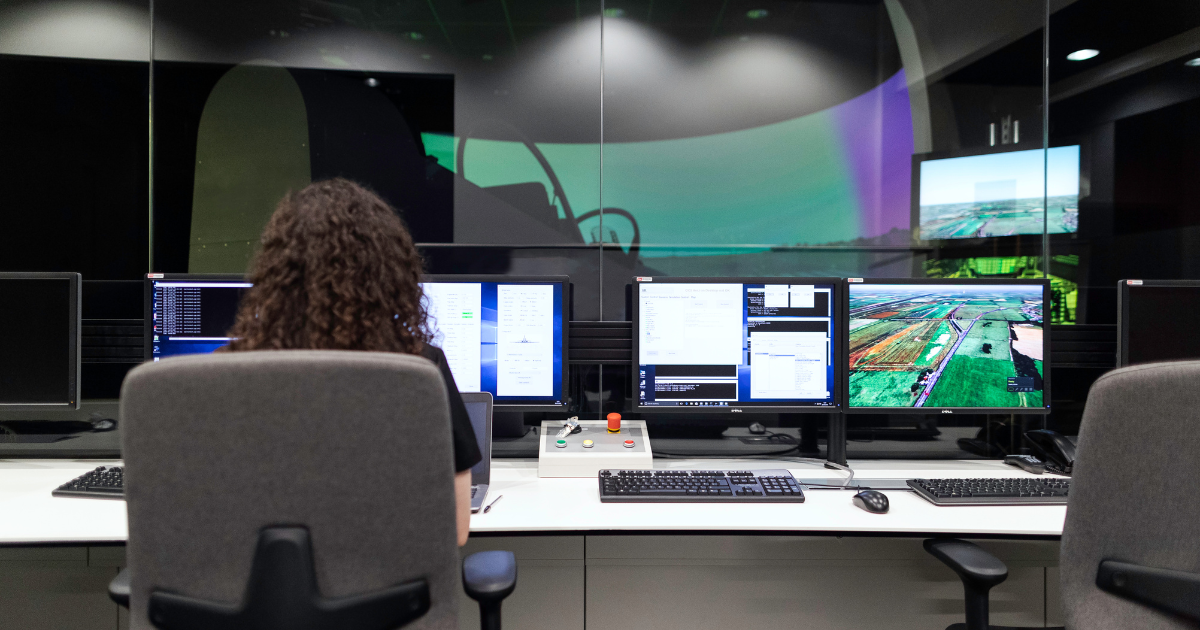Location testing for mobile apps is a type of testing that focuses on evaluating the app’s performance in different geographic locations. This can include testing the app’s functionality and usability in different regions and how well the app performs in different environments, such as urban, suburban, and rural areas.
One of the main benefits of location testing is that it allows developers to identify and fix any issues that may arise when the app is used in different geographic locations. For example, an app that relies on GPS functionality may have difficulty getting accurate location data in areas with poor satellite coverage. By testing the app in different locations, developers can identify and fix these types of issues before the app is released to the public.
Another benefit of location testing is that it allows developers to ensure that the app is accessible to many users. By testing the app in different regions, developers can ensure that it can be used by people regardless of where they are located. This can help to increase the number of people who will be able to use your app and therefore increase your app’s user base.
Location testing also allows for testing the app’s performance in different environments, such as urban, suburban, and rural areas. This can help to ensure that the app works well in different types of environments and can help to identify any issues that may arise, such as connectivity issues in rural areas.
However, location testing also has some disadvantages. One potential disadvantage is that testing the app in different locations can be time-consuming and resource-intensive. Additionally, it cannot be easy to simulate real-world conditions in a controlled testing environment.
Overall, location testing is an important part of mobile app development that can help to ensure that the app is compatible with different geographic locations, regions, and environments. It can help to identify and fix any issues that may arise when the app is used in different locations, and it can help to ensure that the app is accessible to a wide range of users. However, it can be time-consuming and resource-intensive to test the app in different locations, and it cannot be easy to simulate real-world conditions in a controlled testing environment.



